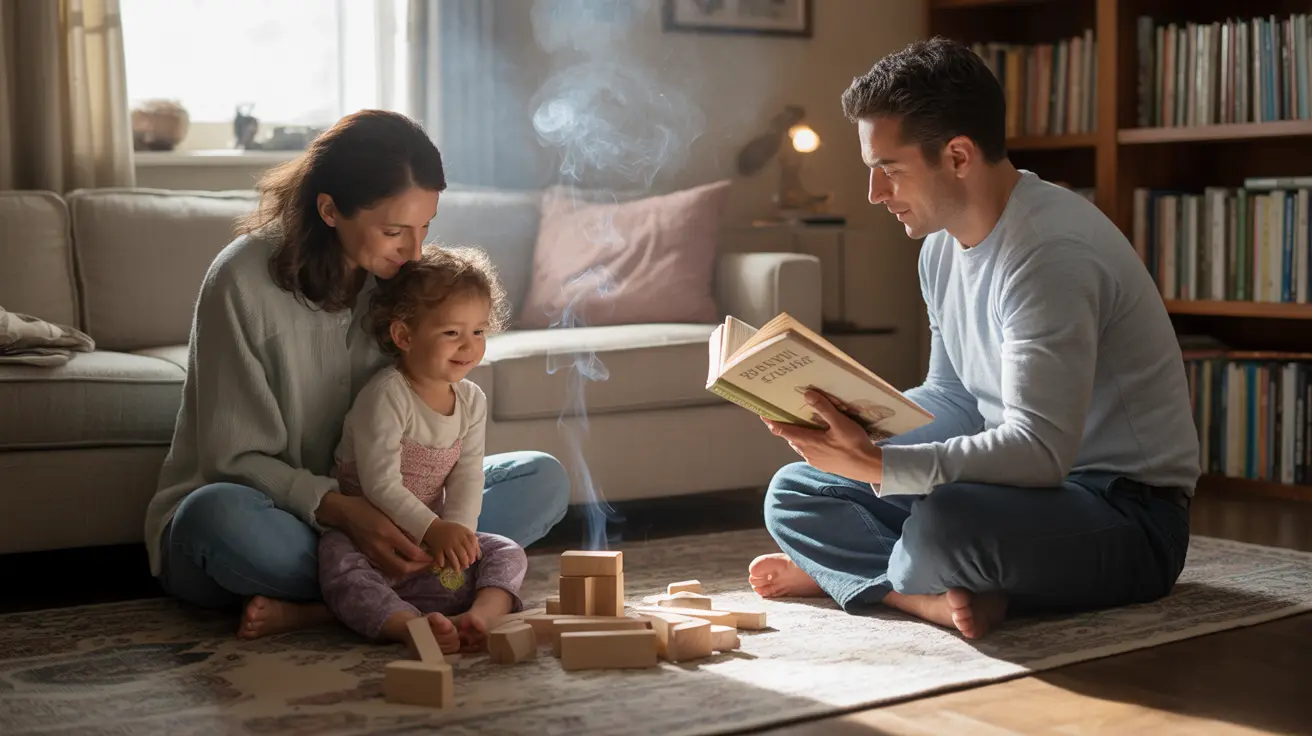Secondhand smoke exposure remains a significant public health concern, affecting millions of people worldwide. Despite common misconceptions, the idea that secondhand smoke is less harmful because it's filtered through someone else's lungs is dangerously incorrect. Understanding the real risks and impacts of secondhand smoke is crucial for protecting your health and the well-being of those around you.
Understanding Secondhand Smoke
Secondhand smoke, also known as environmental tobacco smoke (ETS) or passive smoking, consists of two types of smoke: the smoke exhaled by smokers and the smoke from the burning end of tobacco products. This toxic mixture contains over 7,000 chemicals, including hundreds that are known to be harmful and about 70 that can cause cancer.
The Filtration Myth Explained
The belief that secondhand smoke is less harmful because it's filtered through a smoker's lungs is scientifically incorrect. In fact, sidestream smoke (smoke from the burning end of a cigarette) can be even more dangerous than mainstream smoke (smoke inhaled by the smoker) because it contains higher concentrations of certain carcinogens and toxic chemicals.
Health Impacts on Nonsmokers
Exposure to secondhand smoke can cause numerous serious health conditions in nonsmokers, including:
- Heart disease
- Lung cancer
- Stroke
- Respiratory infections
- Asthma exacerbation
Even brief exposure can trigger immediate adverse effects on the cardiovascular system and increase the risk of blood clots.
Special Risks for Children and Infants
Children and infants are particularly vulnerable to secondhand smoke exposure due to their developing bodies and faster breathing rates. They face increased risks of:
- Sudden Infant Death Syndrome (SIDS)
- Ear infections
- Respiratory infections
- Asthma development or worsening
- Learning and behavioral problems
Protection Strategies
To protect yourself and your family from secondhand smoke exposure, consider these effective measures:
- Maintain a completely smoke-free home and vehicle
- Avoid indoor spaces where smoking is allowed
- Request that people don't smoke around you or your children
- Support and advocate for smoke-free policies in public spaces
- Choose smoke-free childcare facilities and schools
Frequently Asked Questions
Is secondhand smoke less harmful than firsthand smoke because it can be filtered by the lungs?
No, this is a dangerous myth. Secondhand smoke is not less harmful due to lung filtration. In fact, it contains higher concentrations of certain toxic chemicals than mainstream smoke and poses serious health risks to nonsmokers.
What serious health risks can secondhand smoke cause in nonsmokers?
Secondhand smoke exposure can cause numerous serious health conditions including heart disease, lung cancer, stroke, respiratory infections, and asthma. It can also lead to immediate adverse effects on the cardiovascular system.
How does exposure to secondhand smoke affect children and infants differently than adults?
Children and infants are more vulnerable to secondhand smoke due to their developing bodies and faster breathing rates. They face higher risks of SIDS, ear infections, respiratory problems, asthma, and developmental issues.
Can even brief exposure to secondhand smoke cause damage to a nonsmoker's health?
Yes, even brief exposure to secondhand smoke can cause immediate harmful effects, particularly to the cardiovascular system. It can trigger asthma attacks, respiratory problems, and increase the risk of blood clots.
What are the best ways to protect yourself and your family from the dangers of secondhand smoke?
The most effective protection strategies include maintaining smoke-free homes and vehicles, avoiding indoor spaces where smoking is permitted, requesting that others don't smoke around you or your children, and supporting smoke-free policies in public spaces.




